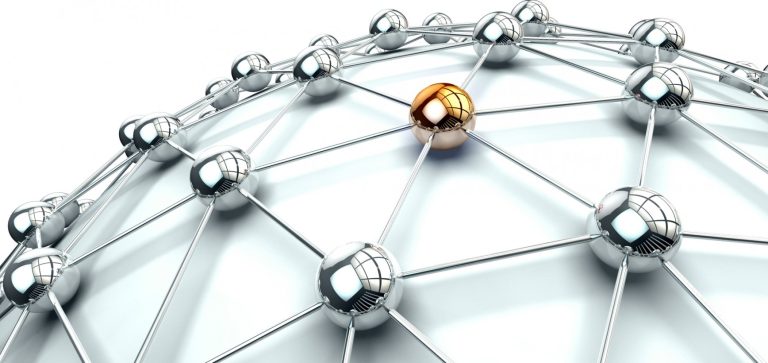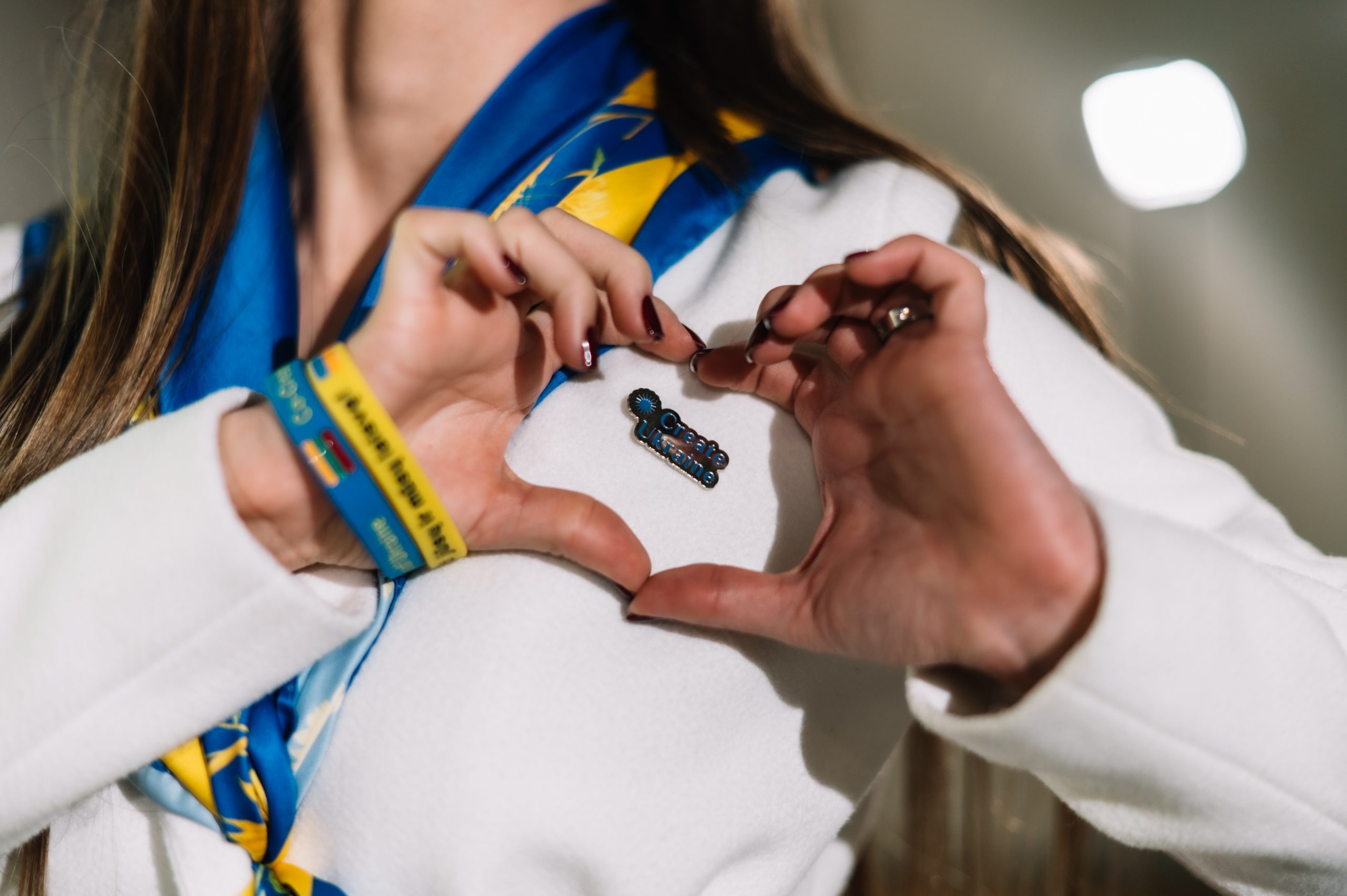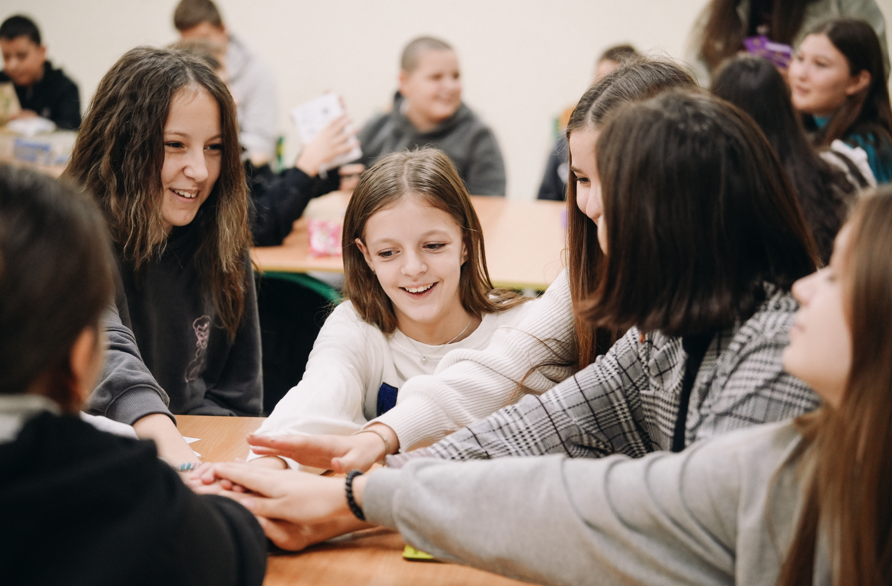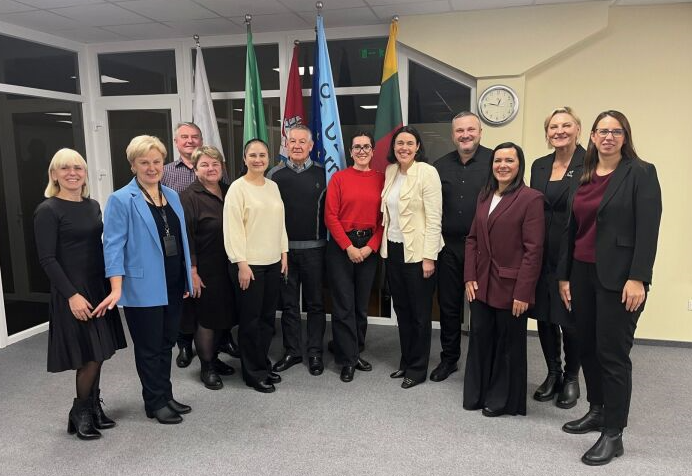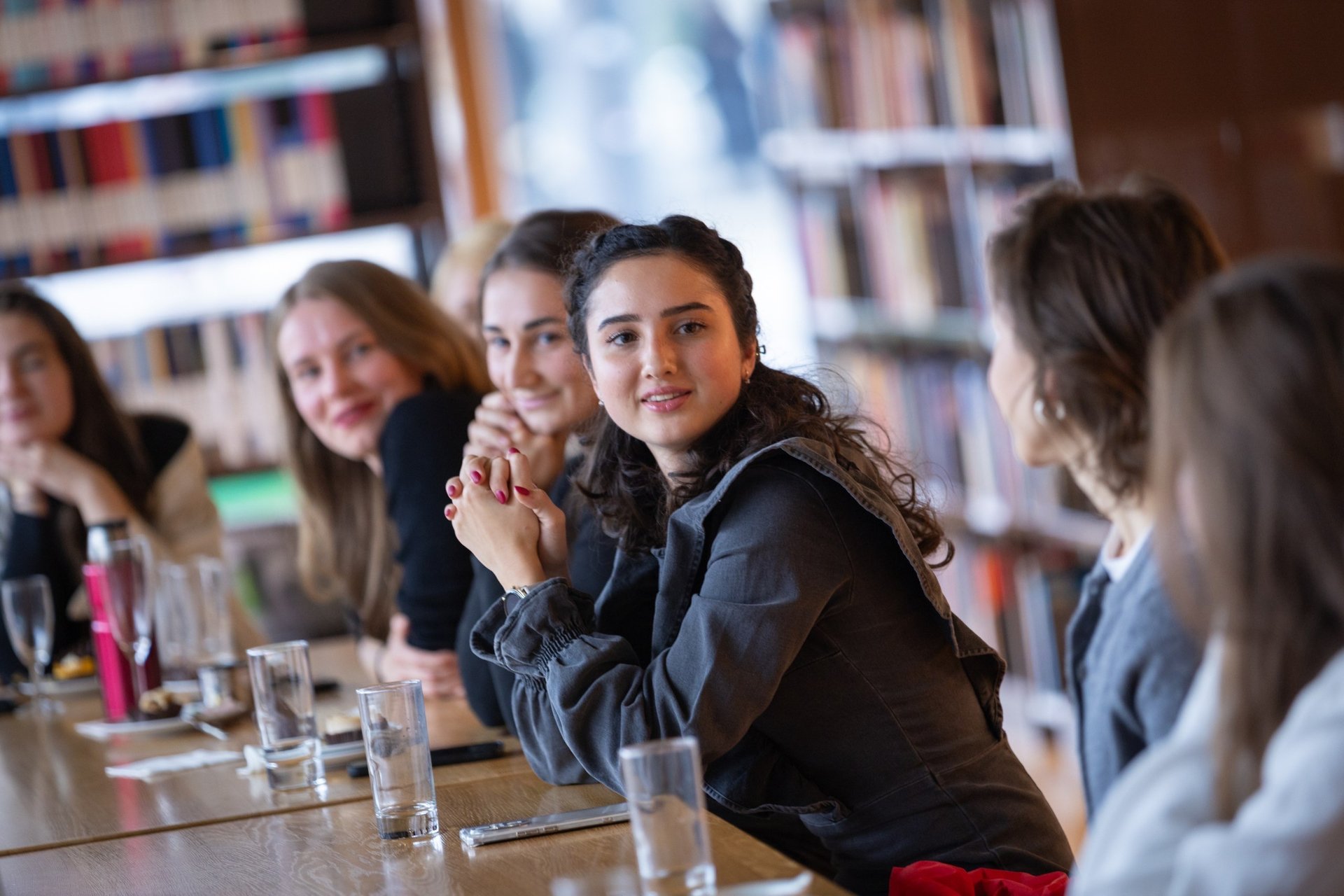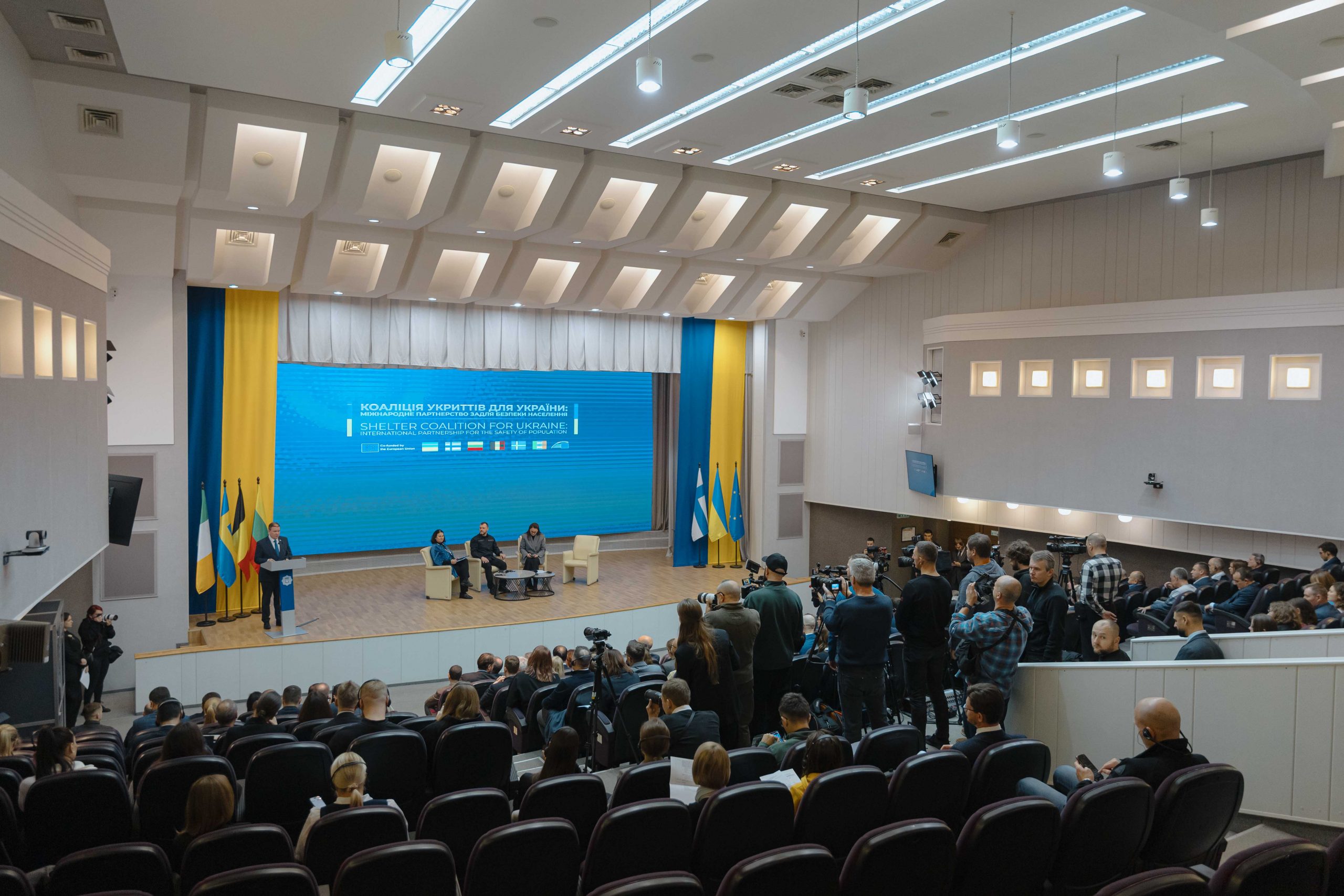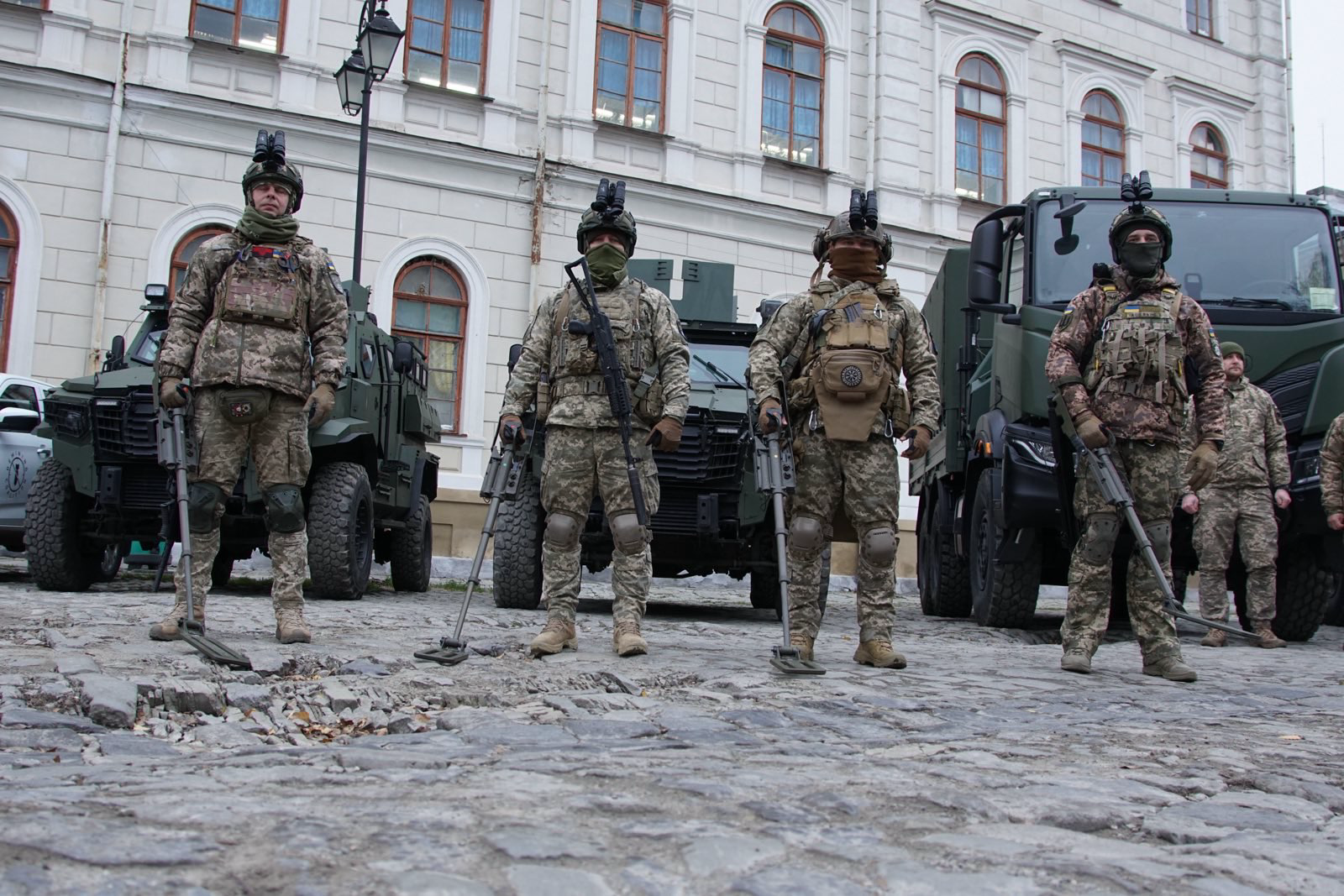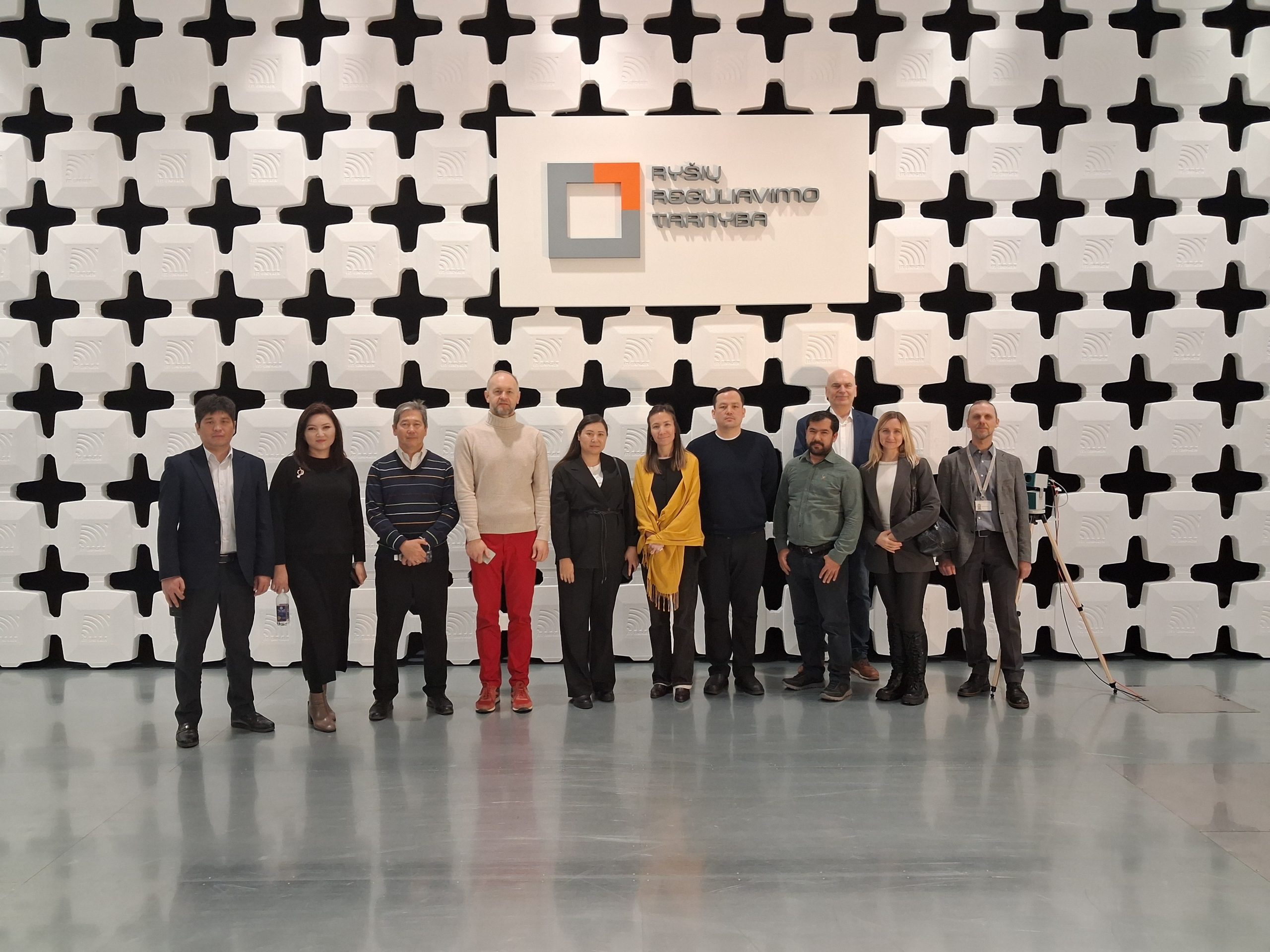As of May 2021, GIZ and its Lithuanian counterpart CPMA have assumed the co-Presidency of the Practitioners’ Network for European Development Cooperation.
The Managing Directors of the two organisations talk about the network’s role and its challenges and opportunities.
A network consisting of 17 European implementing organisations, four associated partner organisations and the European Commission as an observer: That’s the Practitioners’ Network (PN) in a nutshell. It promotes exchange, coordination and harmonisation in European development cooperation. As of May 2021, the Deutsche Gesellschaft für Internationale Zusammenarbeit (GIZ) GmbH and the Lithuanian Central Project Management Agency (CPMA) have jointly assumed the co-Presidency of the Practitioners’ Network for one year. The Managing Directors of the two organisations, Tanja Gönner (GIZ) and Lidija Kašubienė (CPMA), talk about challenges and opportunities the network is about to face in the upcoming year and why it is an important forum for exchange to promote joint European solutions.
What opportunities does the Practitioners’ Network offer?
L. Kašubienė: First of all, it’s team spirit. While being a member of this network, you never feel alone. Constant communication, exchange of views and positions – this allows us all to create a synergy effect on important topics for European development cooperation. Participating in different working groups enables every member to show and share their strengths and constantly learn from each other. For example, one working group aims at strengthening mutual knowledge and exchange. In another working group, we aim to establish simplified contractual frameworks for all PN members so that our collaboration with the EU would be clearer and more structured.
T. Gönner: Speaking with one voice as a network greatly facilitates direct exchange with the European Commission. The network gives us exclusive access to actively engage in and contribute to the Commission’s policymaking. By sharing our practical experiences, the Commission receives helpful information for further planning and designing of EU. cooperation programmes. But the heart of our Practitioners’ Network are its working groups. You could say: here we coordinate the ‘how to’ for practice.
What are your goals for this year of the co-Presidency of GIZ and CPMA?
T. Gönner: The primary objective, and our most important principle, is the network’s inclusiveness approach. It is the attitude of acceptance: All member organisations stand on equal footing, strategically identify common interests, listen to each other and have their say. There are thematic priorities that we want to firmly anchor in the working groups as well. Such as the European Green Deal or digitalisation-related topics.
L. Kašubienė: I expect us to fulfil our agreed intentions: both of our teams worked very closely together and with PN members to find agreement on future activities and the strategic approach. Now it’s time to strive and ensure that everything is fully implemented. This year, we have the possibility to increase inclusiveness, especially for PN members that are not based in Brussels and are less active in the network.
How do your organisations complement each other and in what areas can they learn from one another?
T. Gönner: Our common ground with CPMA is well reflected in our jointly developed priorities for the year: for example, more knowledge sharing on the topic of digitalisation and, in particular, fostering exchange with the European Commission’s Directorate-General for Neighbourhood and Enlargement Negotiations (DG NEAR). Therefore, we highly value CPMA’s profound regional focus and their strong network in the Eastern neighbourhood region.
L. Kašubienė: Our long cooperation journey with GIZ until the co-Presidency showed that we have much in common, including a results-oriented approach and shared work ethic. Although CPMA’s development cooperation activities have started more than 13 years ago, it only became a member of the PN only three years ago. I expect this partnership to bring new synergies to the network, to introduce novel ideas and a newcomer’s insights, combined with many years of experience.
Which challenges do you see for the Practitioners’ Network in the upcoming year?
L. Kašubienė: I think the major challenges will be the coronavirus-caused situations as well as mobility restrictions. But I have no doubt: We will find creative solutions to keep the feeling of being united in purpose among all members – we are a strong network.
T. Gönner: The COVID-19 pandemic has shown how the Practitioners’ Network can be flexible in adopting new work priorities and working methods. Despite this, challenges remain due to the very diverse nature of the PN members, as well as our respective priorities and specific expertise. This is the beauty and, at the same time, the challenge of our diversity.
If you explain why we need regular exchange of practical experience as in the Practitioners’ Network – what will be your arguments?
L. Kašubienė: Regular exchanges of information among member states’ organisations and the European Commission as well as best practices mean constant growth and more possibilities to establish new partnerships for us. Just as new opportunities to share our know-how and widen our fields of activity.
T. Gönner: As implementing organisations, we transform policies for a more sustainable future from theory into action. With the combined know-how of colleagues and partners, our work becomes more impactful in the spirit of ‘Team Europe’. It is all about the EU and the member states working better together with countries all around the world on joint programming and the joint implementation of development projects.
Original source: https://www.giz.de/en/mediacenter/97286.html
